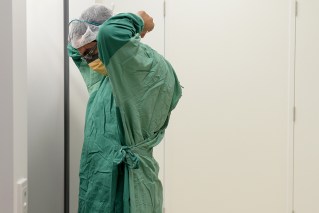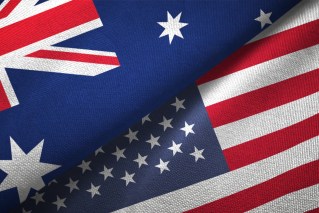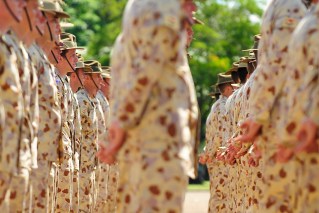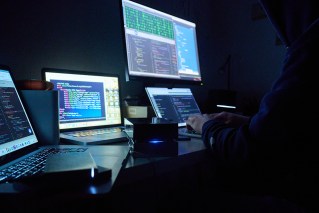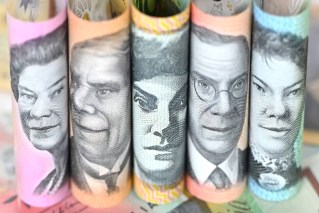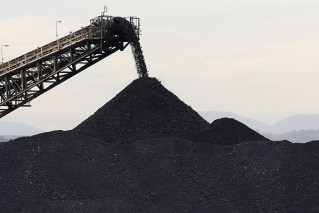On This Day: The Berlin Wall came down, lifting the Iron Curtain

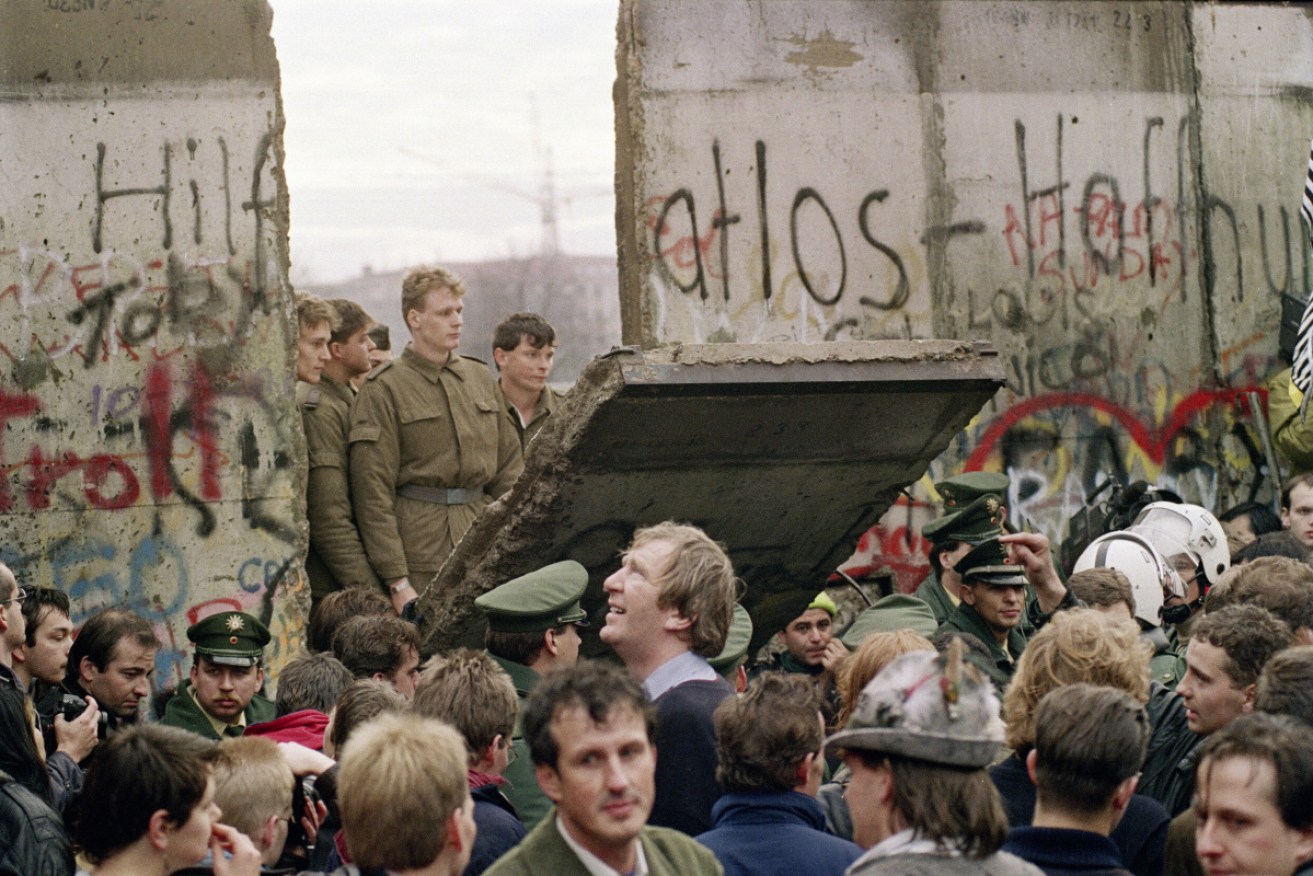
West Berliners crowd in front of the Berlin Wall as they watch East German border guards demolishing a section of the wall. Photo: Getty
It was the nation’s biggest demolition party.
Some people climbed over the rubble, while others hacked away at it with hammers and picks.
On this day in 1989, thousands of Germans pulled down the Berlin Wall, marking the end of the Cold War.

Crowds bear witness to the fall of the Berlin Wall on November 9, 1989. Photo: Getty
Ecstatic crowds gathered at the scene, where families and friends separated for nearly 30 years were finally reunited.
Since construction began in 1961, East and West Berlin was divided by a barbed wire and concrete “anti-fascist bulwark” designed to keep Western “fascists” from entering East Germany and corrupting the socialist state.
But in practice, the Soviet rulers of East Berlin didn’t need to worry about people coming over from the West, which was run by American, French and British allies.

Soldiers of the East German National People’s Army (NVA) erect barbed wire fences to close off a street in preparation for the construction of the Berlin Wall in August 1961. Photo: Getty
It was the other way around – Eastern Berliners defecting to the West – that made up the bulk of escapees.
At the time, Germany was split into two countries: East Germany and West Germany, following the end of World War II.
Soviet-run East Germany was commonly described as a communist state, with the prices of housing, basic goods and services heavily subsidised and set by the central government rather than through supply and demand.
The Soviets worked hard to control their population, going to extreme lengths to spy on suspected defectors and documenting everything about them.
That’s because emigration to the West was a big problem.
Many of the people fleeing over the wall were well educated, young people who wanted a better quality of life.
Some were so desperate to leave they were willing to die for it.

The Berlin Wall comprised barbed wire and concrete. Photo: Getty
Many were killed by border guards or booby traps like secret land mines hidden along the wall, while others were captured and locked up in prison.
That was until November 9, 1989, when the head of the Eastern German Communist Party announced that citizens of the east could cross the border following a huge protest.

Families separated by the Berlin Wall were reunited. Photo: Getty
That night, enormous crowds swarmed the wall from both sides and started destroying it.
To this day, parts of the wall remain in Berlin and serve as a popular tourist attraction and a powerful reminder of the Cold War.

Parts of the Berlin Wall now appear as a work of art. Photo: Getty

